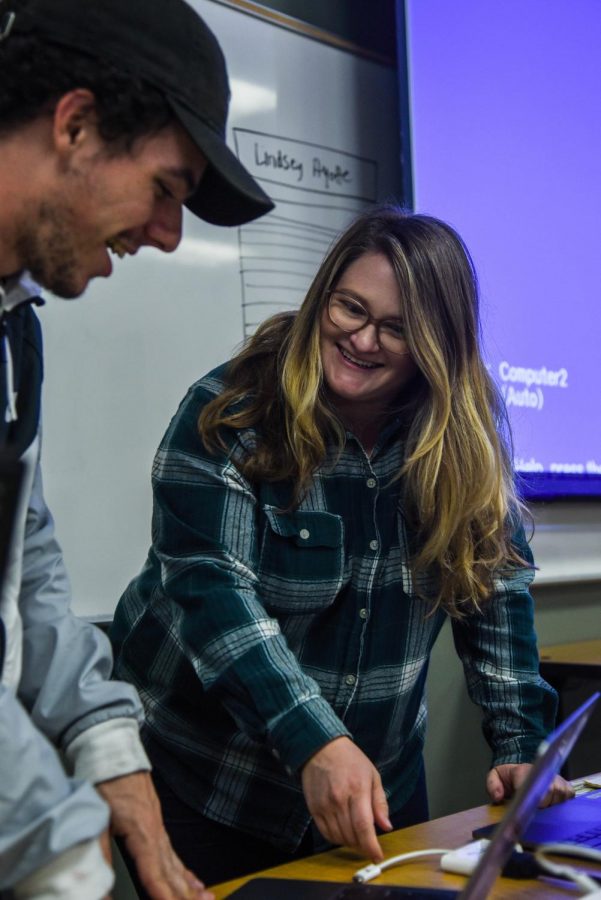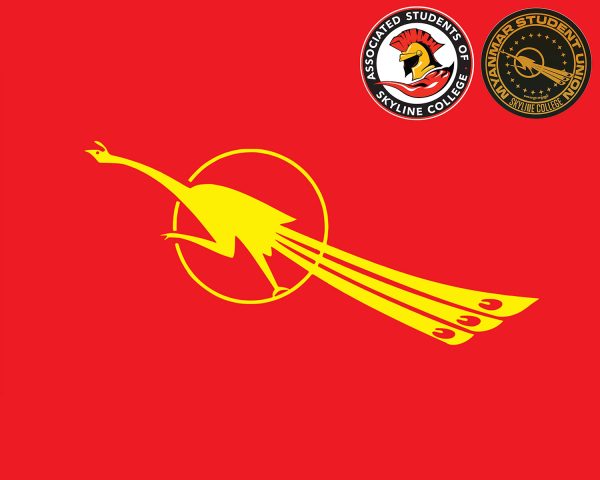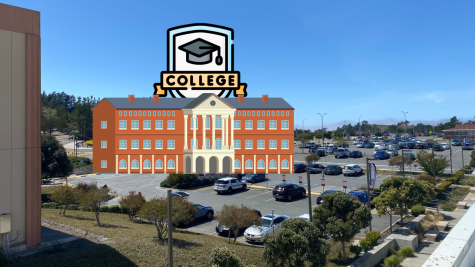Ballooning Administrative Cost
According to the Association of California Community College Administrators’ survey, San Mateo county district administrators salaries are ranked number one in the state, where as our full time faculty salaries rank below the top tier of Bay 10 districts and our part-time faculty salary rankings are in the lower half of Bay 10 districts.
With the faculty pay figure dropping down every year the number of SMCCCD administrators has increased 55 percent since 2012. The College and University Professional Association for Human Resources released a report on its annual survey of higher-education administrators, with results reflecting the standards of our society.
It said salaries for administrators increased by 2.7 percent, the overall median salary increase for faculty members during the same span, according to the association, known as CUPA-HR. It also shed light on gender, Deans pay varied widely according to discipline and reflected gender disparities. The report also highlighted for assistant and associate academic deans, having faculty status literally pays off. Two out of three assistant or associate deans have faculty status, the report says, and they earned more money than did their peers without such status in every discipline except agriculture, continuing education, library sciences, music, performing arts, social sciences, and veterinary medicine.
The school spends in two ways; The institutional costs and the administrative costs. The institutional cost is everything that come’s under the banner of college’s primary mission where as, the administrative costs are daily operational costs.
The question is shouldn’t the college be concerned? Shouldn’t the college leaders have cuts in administrative spending? Is there an accountability problem?
For the past eight months, AFT 1493 have been negotiating about the major issues affecting the SMCCD faculty but there has been near to no progress. The AFT 1493’s executive committee felt that they had to campaign for a fair contract with the help of their colleagues. According to the last AFT 1493’s contract negotiations on October 8, they had a discussion on part time parity, and faculty complaints and investigations. In the end they presented a counter proposal on binding arbitration. With not much progress in negotiations AFT 1493 started the outreach drive, which is a method of union organizing where volunteers (Executive committee members, CFT organizers and the faculty member on each campus) discuss their experiences and concerns and way they can improve them. AFT 1493 has always discouraged full timers from taking on excessive overload.
To aid trustees with such complex tasks the American council of trustees and alumni (ACTA) has encouraged the discourse between trustees and institutional leadership about their college or university’s top priorities—Tracking dollars as they flow through higher education systems is inherently challenging.
The price of college and how colleges use their money have, for good reason, been top public concerns. The increase in these salaries have been the back drop of why college is becoming expensive day by day. The question is will national benchmarks for median levels of administrative spending, while issuing an action plan for trustees who are ready to take on challenge of controlling costs and achieving greater financial efficiency and transparency.













